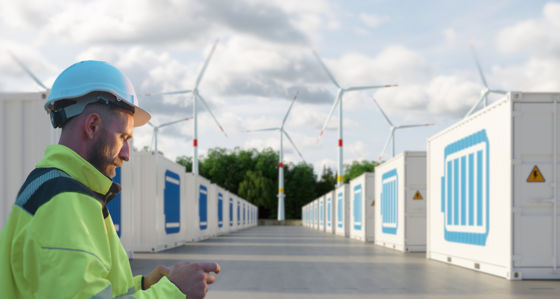
Renewable tariffs in the UK: what makes a tariff green?
14 April 2021
Over a third of households in Great Britain (GB) could be on electricity tariffs marketed as green. However, many households are confused about what it means to be on a green tariff.
There are two main ways GB electricity retailers source renewable energy: either directly through power purchase agreements (PPAs), with accompanying certificates of origin, or from the wider wholesale market, purchasing certificates separately to certify that power as renewable. The purpose of certificates is to verify the origin of renewable energy, whereas PPAs are contracts to purchase energy directly from generators.
Using data provided by a number of suppliers, this article explores differences in how suppliers justify the tariffs they market as green, and draws out the economic implications for financing of renewable generation and the green transition.
Related Insights

Battery Energy Storage Market Scanning Report
Which are the most attractive markets for Battery Energy Storage globally? Read for a robust, objective framework to compare the investment attractiveness of battery assets across a diverse set of parameters, across 31 markets globally.
Read more
Money still backs batteries in Great Britain
Read this article for an exploration of why GB remains an attractive battery storage market – not just on a spreadsheet, but in substance, for those looking to build, acquire, or finance BESS.
Read more
Insights from Baringa’s South Africa Wholesale Electricity Market Report
As South Africa's energy market takes its first steps towards liberalisation, development and investment potential abounds. However, significant barriers remain on the journey to a reliable, competitive, and decarbonised energy system. We explore the risks and opportunities in this rapidly evolving landscape.
Read more
Europe's Battery Profitability
Select the right market, battery duration, and get the timing right. Drawing on our extensive Flexibility Market Report coverage across 19 European markets, we compare IRRs.
Read moreIs digital and AI delivering what your business needs?
Digital and AI can solve your toughest challenges and elevate your business performance. But success isn’t always straightforward. Where can you unlock opportunity? And what does it take to set the foundation for lasting success?